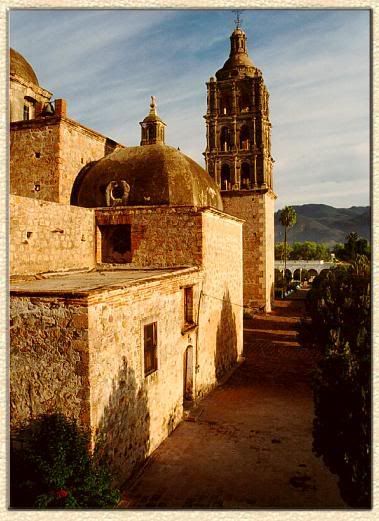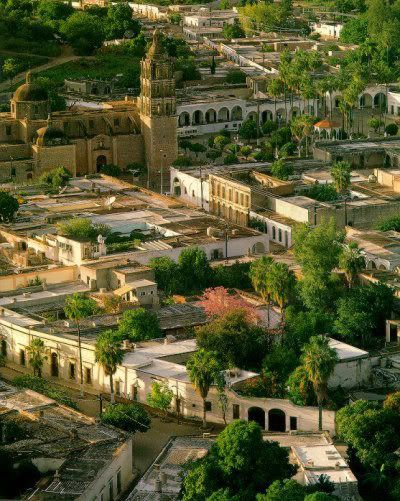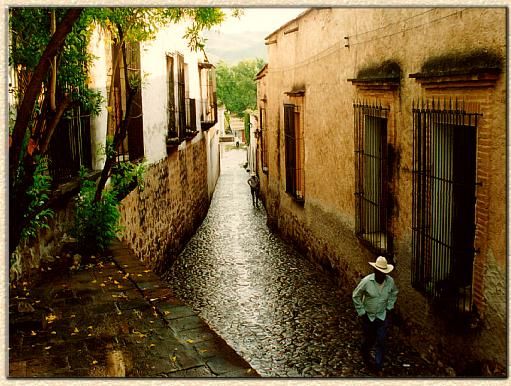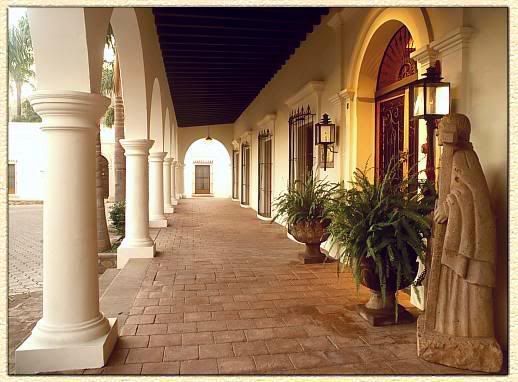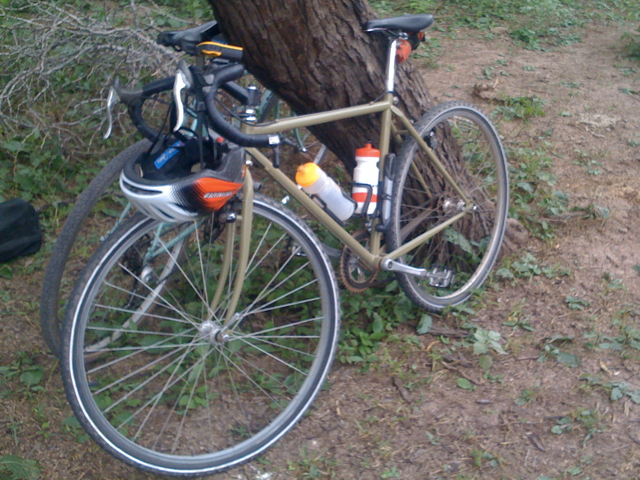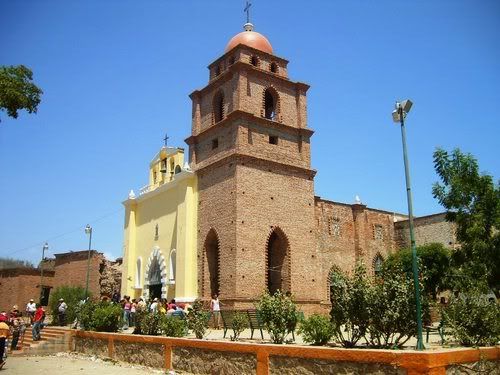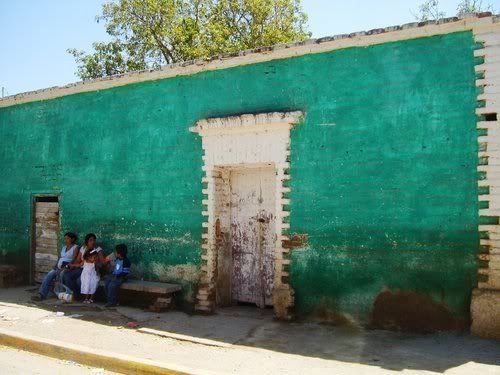The Shrimp, Steak and Poultry bike ride.
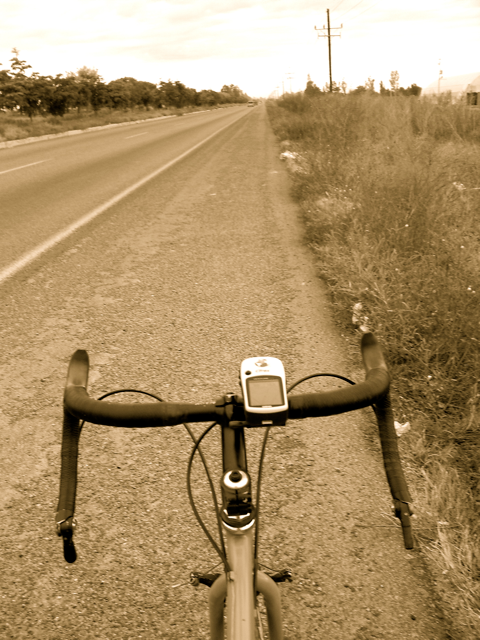
Another weekend, another bike trip.
Lately finding new tracks and testing equipment for Bikepacking has become fun, Today's trip took us over some Precolonial settlements and onto a very familiar wilderness close to home.
A camera malfunction (Ok, I messed up the settings) gave me some nifty antique looking photos, on tune to describe the 1600s era trails we took.
Getting close to Los Cerros de Barobampo.
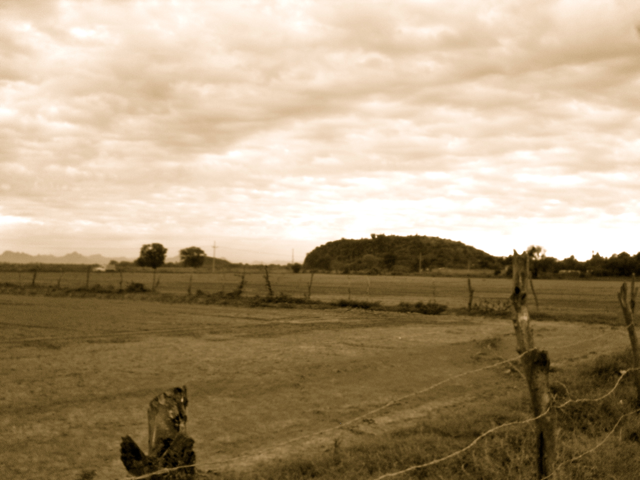
Almost at the river crossing.
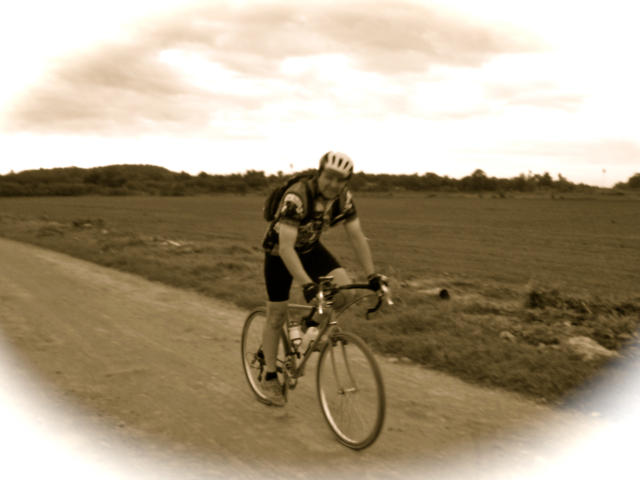
Once we got onto the wilderness, it was time to find my Dad's group who was Dove hunting on the same area.
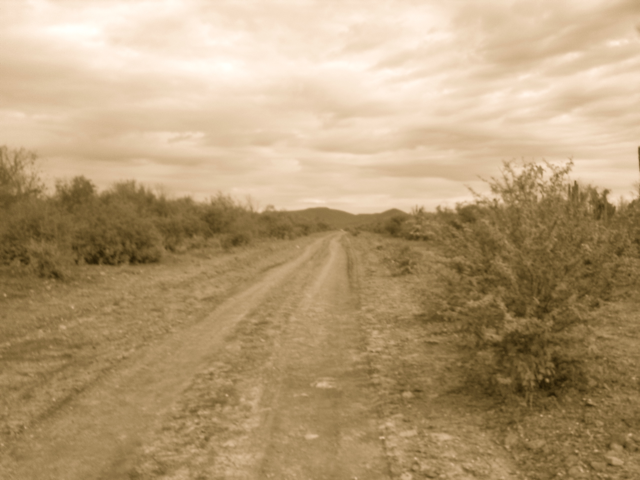
After tracking down the tireprints we decided to wait for them and have a quick rest.

Eventually the group got together, and the feast started.
First some early morning caught steamed shrimp. Yep, we do suck the heads off the shrimps, good stuff
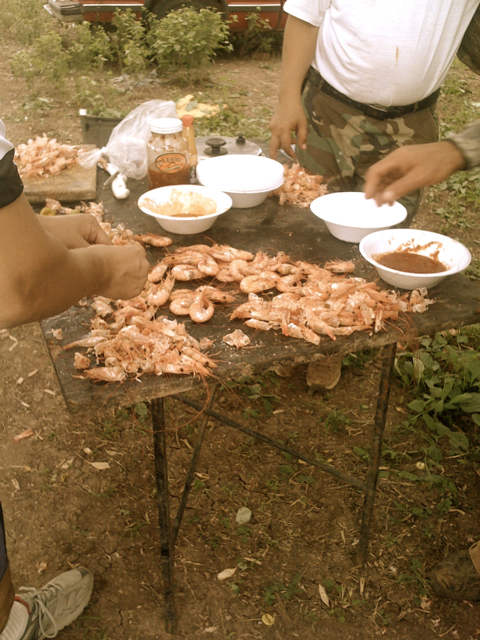
And then some Carne Asada and even a couple of doves to finish off.
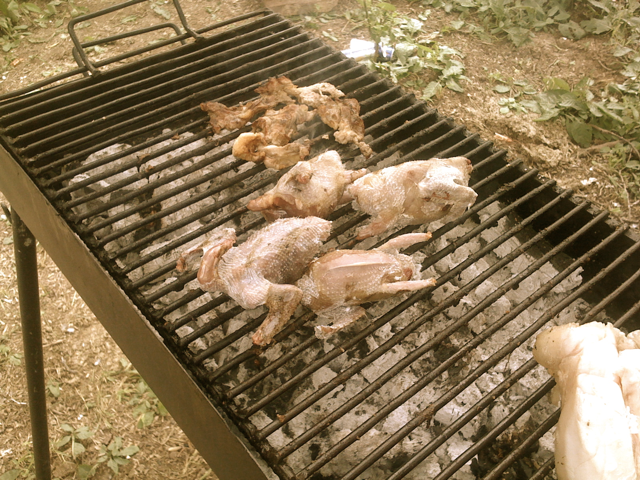
The bunch enjoying midday under a fresh mesquite shadow.
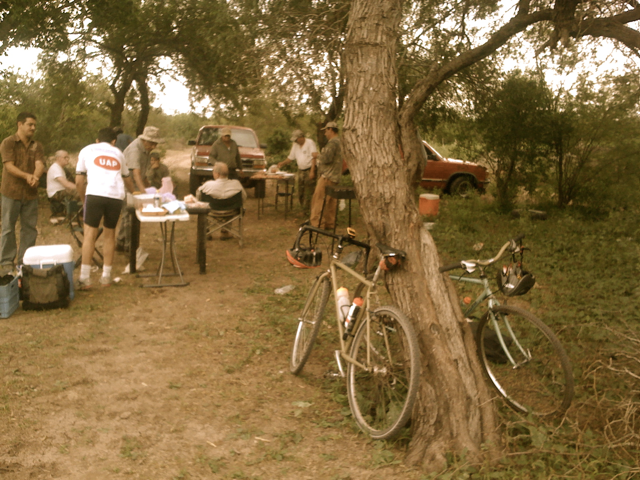
Overall a very nice quick trip, the new fat tires of my bike (700c X 40mm) worked really good and I am getting confident about my multiday Bikepacking trip coming up.
Saludos from not so hot and somewhat dangerous Mexico.
